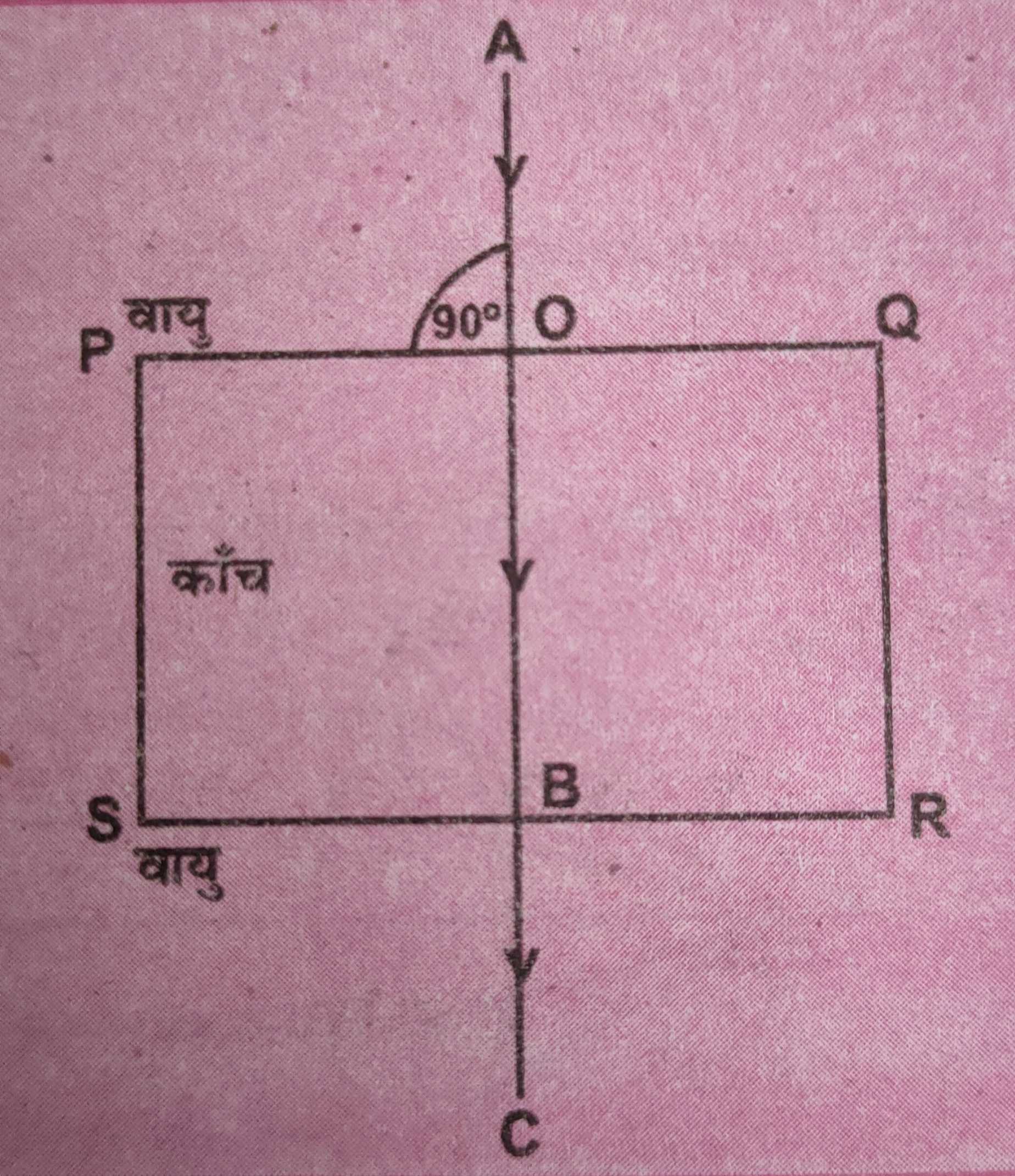
स्नेल का नियम क्या है? | अपवर्तन के नियम || What Is Snell's Law? | Laws Of Refraction
जब कोई प्रकाश किरण किसी एक पारदर्शी माध्यम से दूसरे पारदर्शी माध्यम में जाती है, तो माध्यम परिवर्तित करते समय वह अपने मार्ग से विचलित हो जाती है। इस घटना को 'प्रकाश का अपवर्तन' कहा जाता है।
When a ray of light passes from one transparent medium to another transparent medium, it deviates from its path while changing the medium. This phenomenon is called 'refraction of light'.
भौतिक विज्ञान के इन 👇 प्रकरणों को भी पढ़ें। (Also read these 👇 episodes of Physics.)
प्रकाश का अपवर्तन | सघन और विरल माध्यम || Refraction Of Light | Denser And Rarer Medium
अपवर्तन के नियम (Laws Of Refraction)
अपवर्तन के दो नियम होते हैं–
1. आपतित किरण, अभिलम्ब और परावर्तित किरण तीनों एक ही तल में होते हैं।
2. स्नेल का नियम– जब एक ही रंग के प्रकाश की किरणें किन्हीं दो माध्यमों के सीमा पृष्ठ पर पड़ती हैं, तो प्रकाश का अपवर्तन होता है। इस अपवर्तन में आपतन कोण की ज्या और अपवर्तन कोण की ज्या का अनुपात एक नियतांक होता है। इसे दूसरे माध्यम का पहले माध्यम के सापेक्ष 'अपवर्तनांक' कहा जाता है। इसे n21 से दर्शाया जाता है।
यदि आपतन कोण i और अपवर्तन कोण r हो, तो
sin(i)⁄sin(r) = नियतांक = n21
इसे 'स्नेल का नियम' कहा जाता है।
There are two laws of refraction–
1. Incident ray, normal and reflected ray all lie in the same plane.
2. Snell's Law – Refraction of light occurs when rays of the same color fall on the boundary surface of any two media. In this refraction the ratio of the sine of the angle of incidence and the sine of the angle of refraction is a constant. This is called the 'refractive index' of the second medium with respect to the first. It is denoted by n21.
If angle of incidence i and angle of refraction be r, then
sin(i)⁄sin(r) = constant = n21
This is called 'Snell's law'.
भौतिक विज्ञान के इन 👇 प्रकरणों को भी पढ़ें। (Also read these 👇 episodes of Physics.)
अवतल, उत्तल और समतल दर्पणों के उपयोग | Uses Of Concave, Convex And Plane Mirrors
जब कोई प्रकाश किरण दो माध्यमों के सीमा पृष्ठ पर लम्बवत् आपतित होती है, तो वह अपने मार्ग से विचलित नहीं होती। उपरोक्त नियम के अनुसार स्पष्ट है कि यदि आपतन कोण का मान शून्य हो, तो अपवर्तन कोण का मान भी शून्य होगा। नीचे दिये गए चित्र के द्वारा इसे समझा जा सकता है।
यदि आपतन कोण i और अपवर्तन कोण r हो, तो
i = 0
r = 0
sin(i) = sin(0) = 0
sin(r) = sin(0) = 0

When a ray of light is incident vertically on the boundary surface of two mediums, it does not deviate from its path. According to the above rule it is clear that if the value of angle of incidence is zero, then the value of angle of refraction will also be zero. This can be understood by the above picture.
If angle of incidence i and angle of refraction be r, then
i = 0
r = 0
sin(i) = sin(0) = 0
sin(r) = sin(0) = 0
भौतिक विज्ञान के इन 👇 प्रकरणों को भी पढ़ें। (Also read these 👇 episodes of Physics.)
गोलीय दर्पण के लिए 'आवर्धन' | 'Magnification' For Spherical Mirror
आशा है, उपरोक्त जानकारी उपयोगी एवं महत्वपूर्ण होगी।
(I hope the above information will be useful and important. )
Thank you.
R. F. Tembhre
(Teacher)
pragyaab.com




Comments